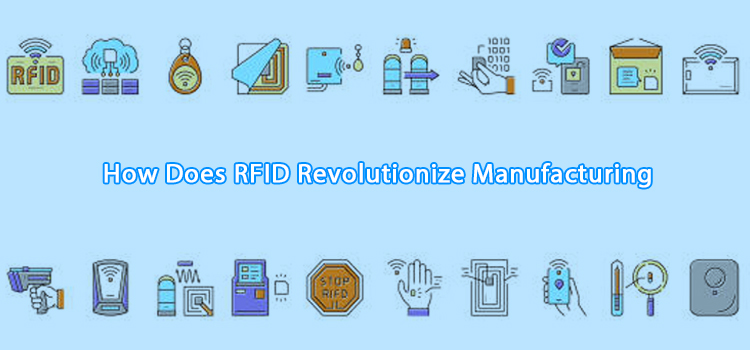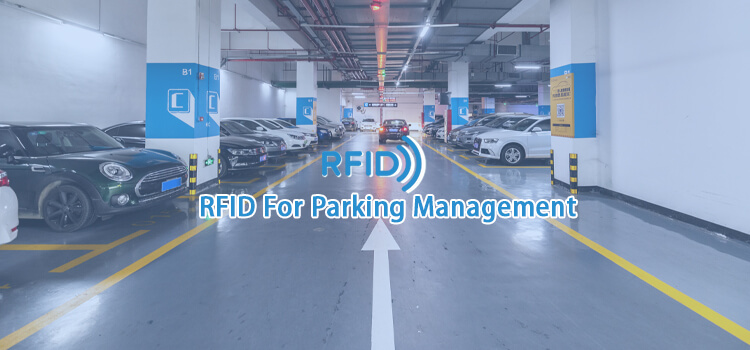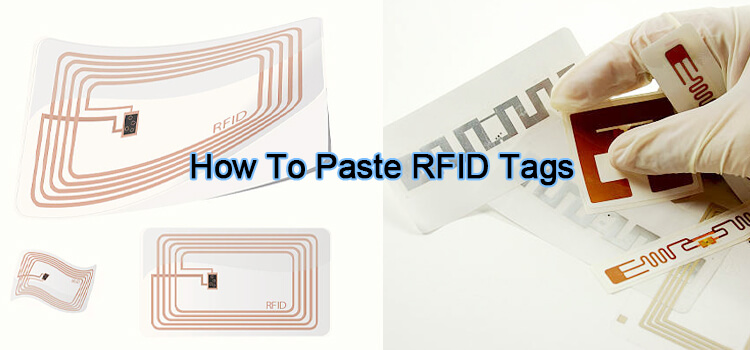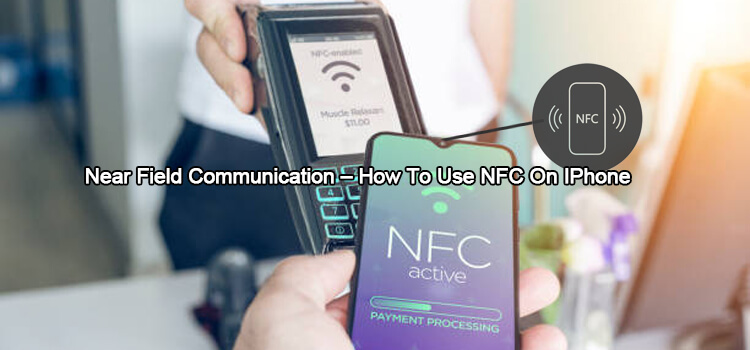Assets are a valuable part of any company, and keeping track of them is essential to maintaining efficiency and maximizing their value. With RFID technology, you can always automatically and accurately track the location of your assets.
RFID for asset tracking is a great solution for companies of all sizes. It can help you keep track of inventory, monitor equipment usage, and prevent theft. Here is a comprehensive guide to RFID for asset tracking.
What is RFID?
RFID is a wireless technology that uses powerful electromagnetic waves to identify and track objects. RFID readers can read the radio signals that RFID tags emit when attached to objects.
It is similar to barcoding in that it is used to track objects. However, RFID does not require a line of sight to read the tag.
This means that RFID tags can be read even if they are hidden from view. As a result, RFID is more accurate and efficient than barcoding, and it can track a wider range of objects.
How Does RFID Work?
RFID tags contain electronic chips that store information about the objects to which they are attached. The chip is powered by the RFID reader, which sends radio waves to the tag. The tag then transmits the information stored on the chip back to the reader.
RFID readers can be handheld, wall-mounted, or even embedded in other devices such as smartphones.
The reader sends the information it collects to a computer, where it can be stored and analyzed. RFID for asset tracking is typically used in conjunction with other software applications that help manage and track assets.
A Comprehensive RFID for Asset Tracking System
For RFID asset tracking to be effective, you need more than just RFID tags and readers. A complete system includes:
- RFID Tags
These are the physical tags that are attached to assets. They come in various forms and can be customized to meet the needs of any asset tracking system. The available types include:
- Active Tags. These tags have an in-built power source, which means they can transmit information over long distances. They continuously emit signals, even when they are not near an RFID reader. As a result, they have a shorter lifespan than passive tags.
- Passive Tags. These tags do not have an in-built power source and must be “awakened” by an RFID reader before they can transmit information. They only emit signals when they are close to an RFID reader. As a result, they are easy to maintain.
- Semi-Passive Tags. These tags have an in-built power source, but they only emit signals when triggered by an RFID reader. They are a compromise between active and passive tags, offering the benefits of both.
The tag you use determines the range at which assets can be tracked. Active tags have the longer range compared to passive tags. If you want to track high-value items, you may want to use an active tag since it can transmit information over long distances (up to 100 meters).
On the other hand, if you want to track lower-value items, a passive tag may be sufficient since it has a shorter range (up to 10 meters). Its affordability also makes it a good option for tracking large numbers of items.
- RFID Readers
These are the devices that are used to read RFID tags. As mentioned earlier, they come in various shapes and sizes. They include:
- Handheld RFID Readers. These are portable devices that can be carried around and used to scan RFID tags. They are ideal for scanning items in a warehouse or retail store.
- Fixed RFID Readers. These readers are permanently mounted in a specific location. They are often used to track vehicles or other assets that move in and out of an area, such as a parking lot or loading dock.
The reader you use depends on the type of asset you want to track and the environment in which it will be used. For example, if you want to track a generator in a warehouse, you may want to use a fixed RFID reader.
- RFID Software
RFID software has a database of all the assets that have been tagged. When a signal is received from an RFID tag, the software looks up the asset in the database and displays information about it on a screen.
This information can include the location of the asset, as well as when it was last scanned. The software can also be used to generate reports or send alerts if an asset is moved without authorization.
Benefits of Using RFID for Asset Tracking
There are many benefits of using RFID for asset tracking, including:
- Improved Accuracy. RFID tags can be read quickly and accurately, even from a distance. This is especially beneficial in large warehouses or retail stores where there are many items to track.
- Reduced Costs. RFID tag readers are becoming more affordable, meaning the cost of setting up an RFID asset tracking system is also dropping. In addition, RFID tags have a long lifespan, and they do not need to be replaced frequently.
- Increased Efficiency. RFID asset tracking systems can help you to track and manage your assets more efficiently. For example, you can use the software to generate reports or send alerts if an asset is moved without authorization.
- Improved Security. RFID tags can be used to track high-value items and prevent theft. For example, you can use them to track laptops, smartphones, or other electronic devices.
How to Implement RFID for Asset Tracking
Once you have all the necessary components, you must implement the system. Here are the steps you need to take:
- Tag All the Assets. This involves attaching an asset tracking RFID tag to each asset.
- Set Up the Software. This step involves configuring the software and adding all the assets to the database.
- Test the System. Once you have tagged all the assets and set up the software, you need to test the system to ensure it is working properly.
- Implement the System. After testing the system, you can implement it in your business. This involves training employees on how to use it and setting up alerts or reports.
Overall, setting up an RFID asset tracking system is not difficult. However, you can involve a professional if you need help.




